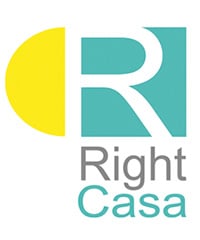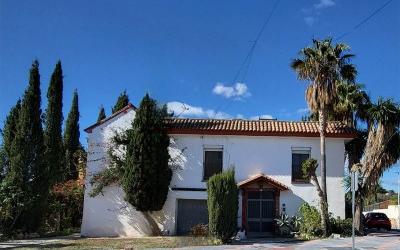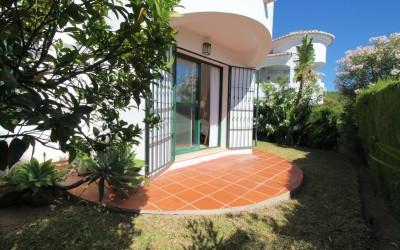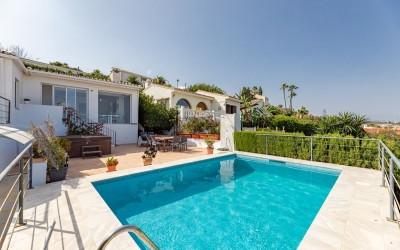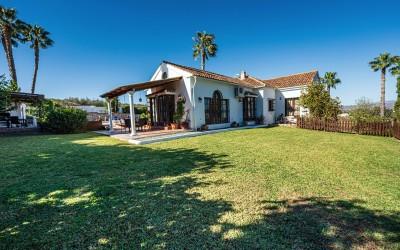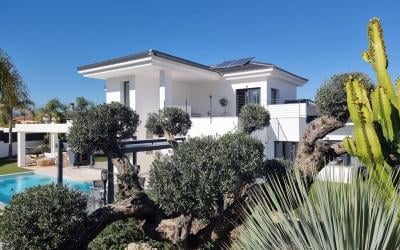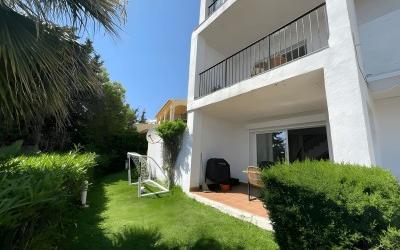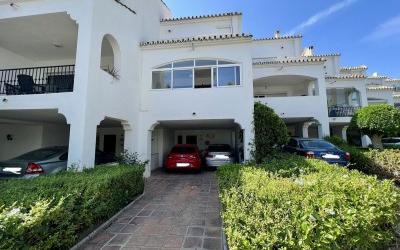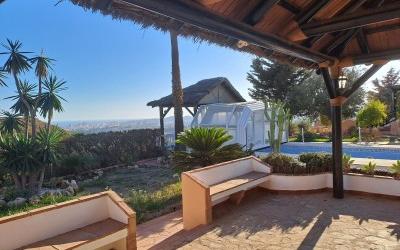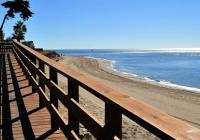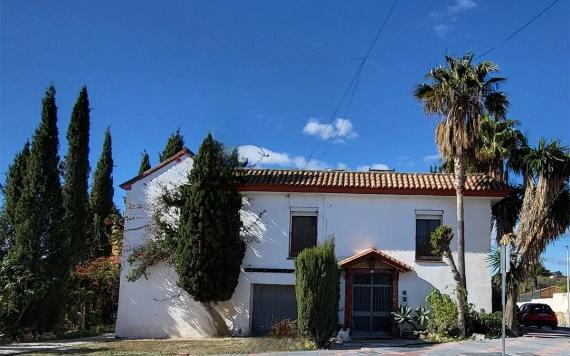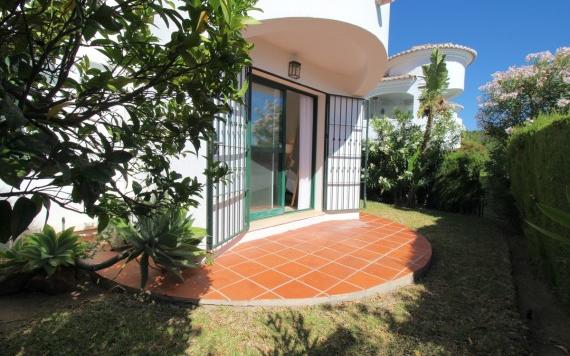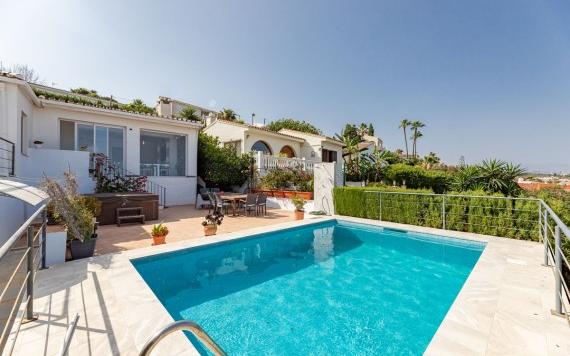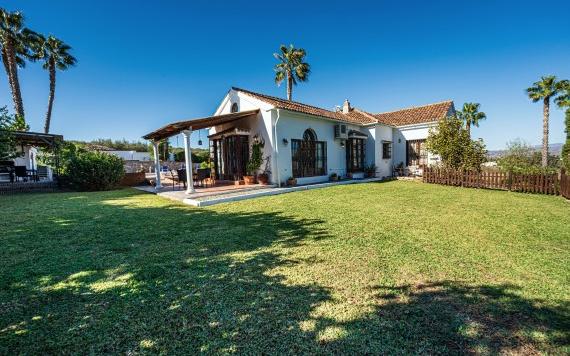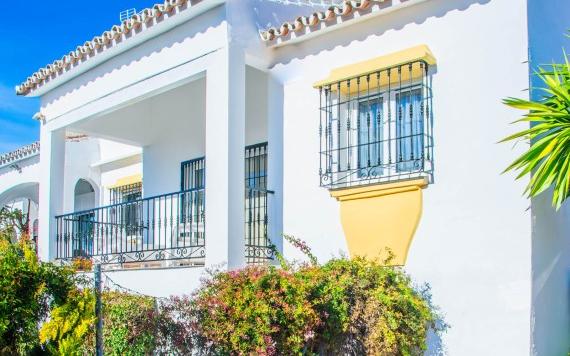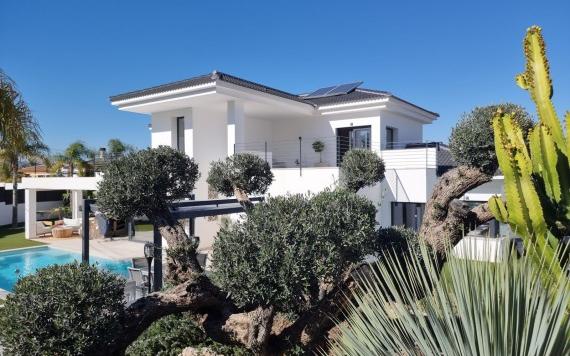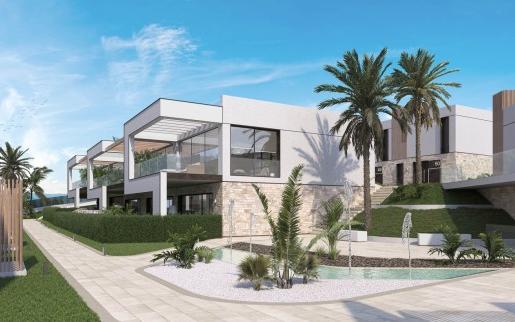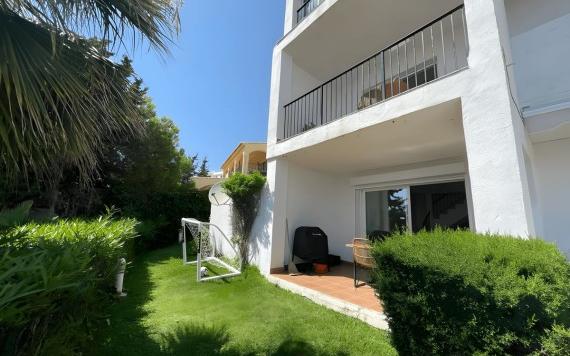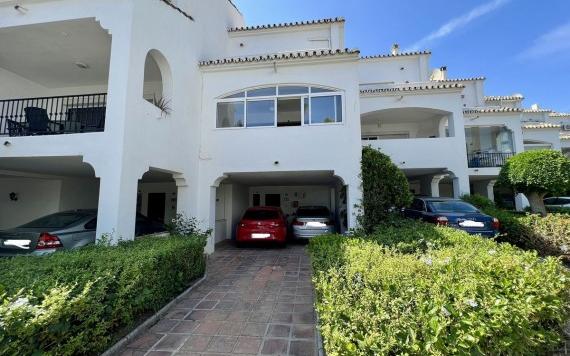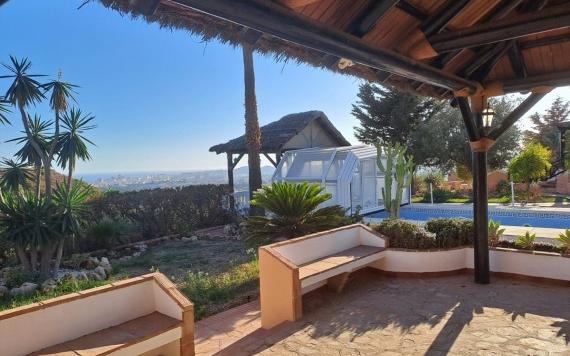
Two million people flock to Ibiza, in the Balearic Islands, every year.
And that's hardly surprising. Everyone knows the Spanish island for its amazing beaches and vibrant party scene. But do you know anything about the music at the heart of it?
If you've just moved to Spain and are looking for things to do, then add Balearic music to your list of festivities! But how can you tell if this is the scene for you?
We've put together this helpful introduction to Balearic music. Read on to find out all about this genre-defining beat!
What Is Balearic Music?
The Balearic beat characterizes Balearic or Balearic house music. Others call it "the sound of Ibiza" because it is popular at nightclubs and beach raves.
The music varies depending on the DJ mixing it. Some blend house music, deep house, and Italo house with slower beats. These are usually under 119 beats per minute.
Bass drums, snares, and hi-hats often make up the beats used. DJs mix this with any manner of beat patterns from across different musical genres.
For example, soul, Latin, funk or African genres are popular in mixes. Often certain DJs favour particular genres.
Balearic music often doesn't feature vocals. The instrumental basis of the music makes it perfect for dancing to. It encourages listeners to reach up, knock on the sky, and listen to the sound.
The History of Balearic Music
Balearic music emerged in the middle of the 1980s. But it evolved and became even more popular in the 1990s.
DJ Alfredo, a DJ from Argentina, helped popularize Balearic music. He combined hypnotic indie grooves with early house, Europop, and mystic rock. And he wasn't afraid to through the occasional oddity into the mix!
People often call him the 'Father of the Balearic beat'.
DJs such as Trevor Fung and Danny Rampling helped to export Balearic music to the UK music scene. Paul Oakenfield was also instrumental in this.
He opened a London nightclub in 1987 and introduced Balearic music to its punters. With the help of Ibiza-goers, this music began to spread throughout the UK rave scene.
The following year, Oakenfield opened another nightclub devoted to the music. The same year, Balearic music made its first tentative steps onto the US music scene.
Balearic Classics
But don't just take our word for it! If you're keen to try out some Balearic beats for yourself, check out our five favourite classics:
- Penguin Cafe Orchestra - Air's a Danser (1981)
- Maze featuring Frank Beverly - Twilight (1985)
- The Art of Noise - Moments in Love (1985)
- Antena - Camino del Sol or Way of the Sun (1982)
- Richie Havens - Going Back to My Roots (1980)
These five songs embody the spirit of Balearic music in the 80s and are sure to give you a taste for more!
Listening to Balearic Music Live
But listening to a recording of Balearic music is nothing compared to listening to it live! So don't miss out on this opportunity.
And what better place to listen than in the home of Balearic music itself? Ibiza! Whether you're basking in Benalmadena or relaxing in Mijas, the Balearic Islands are only a short hop away.
Cala Conte is a great place to get down to some Balearic beats. And you can't beat the view at Es Vedrà or Hostal La Torre at sunset!
The Bottom Line
If you're visiting Spain, you'd be a fool not to throw yourself into a night of Balearic music! And for more amazing ideas on how to enjoy your time out there, check out our blog.

 English
English Español
Español Deutsch
Deutsch Français
Français Svenska
Svenska Nederlands
Nederlands Italiano
Italiano Norsk
Norsk Русский
Русский